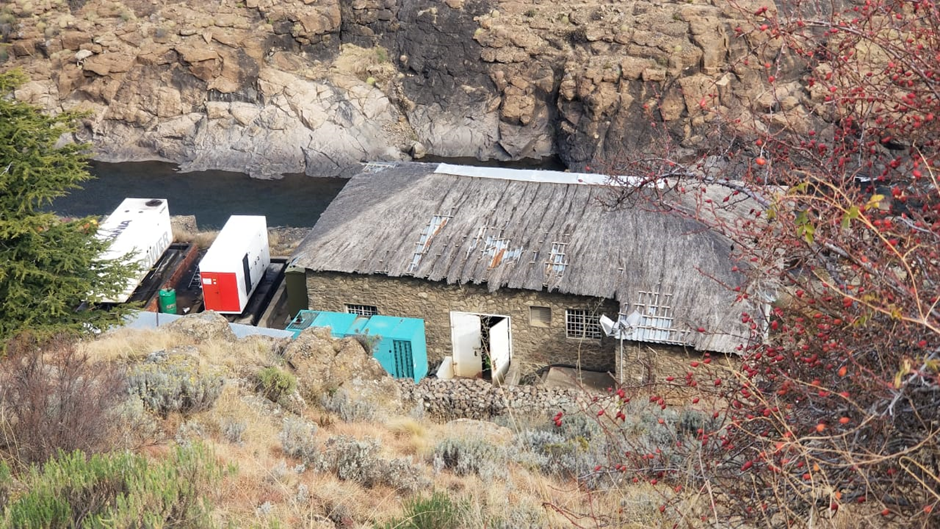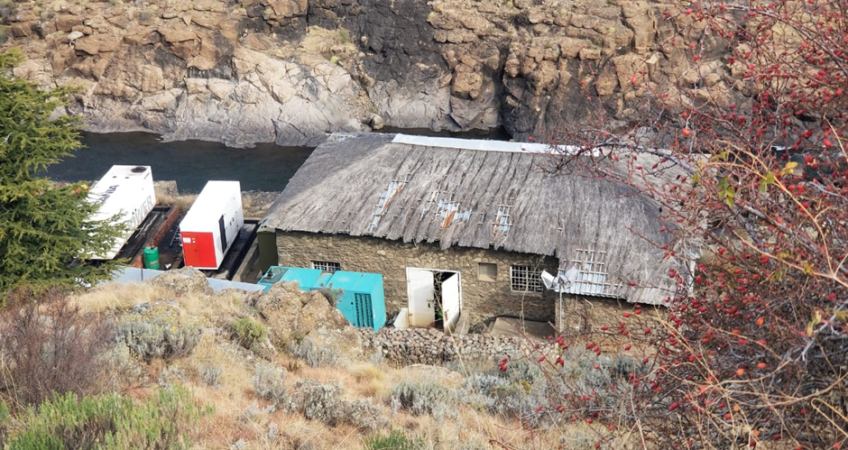Semonkong Mini-Hydro Power in Lesotho
Semonkong is located in the highlands surrounding the capital of Lesotho, Maseru. The community comprises of just over 8,000 people, and Semonkong itself is one of the coldest places in Lesotho with frequent heavy snowfall, and hence electricity access is a priority for the community to replace traditional, unsustainable sources of heating energy.
The Semonkong mini-grid is operated by the state-owned Lesotho Electricity Company, and was originally constructed in 1989 with assistance from Norwegian development funds. The mini-grid is powered by a hydropower installation on the Maletsunyane river, with a capacity of 400kW, with diesel generators available alongside the hydroelectric facility. The mini-grid has experienced significant technical challenges however, as sand build-up which cause breakdowns in the generator units requiring maintenance, and other faults with the plant were commonplace over the years. Droughts in recent years necessitated the installation of diesel back-up units to power the mini-grid when the hydroelectric facility is non-functional, or to complement the supply side when hydroelectric supply is insufficient.

Semonkong mini-hydro plant. Photo: M. Kali., 2022.
Community satisfaction with the project is overall quite low. The mini-grid provides 14 hours of electricity per day, from 8am to 10pm, and as a result services such as refrigeration were deemed to be non-viable by the community. Electrified houses in the community were more expensive to rent, and tenants were seen to be moving out of these houses due to the lack of perceived value in an unreliable electricity service compared to the increased tenancy costs. This escalated to a point where the community wrote to the Minister for Energy in the country in June 2022 to complain about the poor service levels.
Researchers for the ENRDEMOS project in Lesotho determined that the LEC’s approach to servicing the community needs greater participation and consultation with community members. Power outages could have been justified to the community, for example, if there were communication and participatory decision-making processes in place. The cost of supplying the community is significantly higher than the income generated from electricity sales, and the plant continues to be maintained at a loss: greater communication with community members could help to explain some of the supply issues.
Video: https://www.youtube.com/watch?v=VmHO_YVva7I&t=3s&ab_channel=ENRDemos

